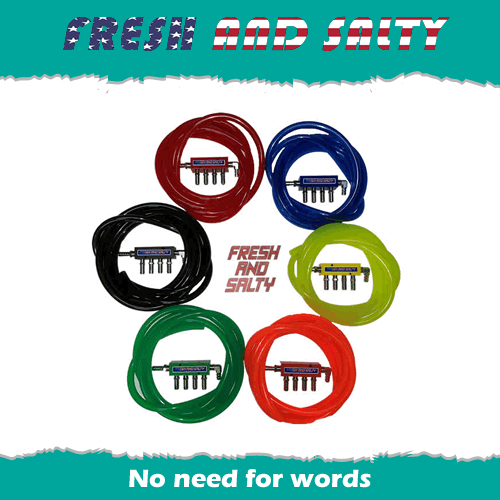Pumps - 440 vs 550
17 September 2018
Back in the day (1980’s), PJS claimed that the 440 pump was far superior to the 550 pump … and so they (and most other racers) ran the 440 pumps in all their race boats.
In the early 90’s 550s were being phased out as the top racing platform, and so development of 550 (and 440) race boats came to a near standstill … However 440/550 recreational riders still were wanting “the best”. With that, (unlike most shops) we continued testing with both platforms after they were no longer premier class race machines.
Setting aside the “which is best” question, there was no doubt that setting up an ideal 550 pump is far less work than setting up an ideal 440 pump. One of the most important keys of optimizing “any” pwc pump is to minimize the impeller-to-wear ring clearance. Shimming a 550 prop to have very close impeller/wear-ring clearance was relatively easy. Our mission was to prep a 440 pump so it could have this same close clearance… no small task. The 550 pump has a prop that is fixed to a twin ball-bearing supported shaft firmly mounted in the pump-case…. This setup means that close impeller/housing clearance remains fixed at all times. By contrast, the 440 pump case is mounted to the rear of the hull, while the impeller is mounted to a driveshaft held by a “mid-hull” mounted bearing housing. Getting a 440 pump to have the same close clearance as a 550 hull would be challenging.
We built a stand that held the 440 hull upside-down (by the bond line) so that we could mount dial indicators on the pump-case, driveshaft, and hull surfaces. All these indicators allowed us to mount the driveshaft and pump case perfectly in line with one another, and put no bind at all on the rotation of the driveshaft …. It took “a lot” of fitting and shimming … but we achieved it. With this perfectly aligned pump/shaft assembly, we were able to fit a 440 prop that had the same close clearance as our nicely shimmed 550 pump ….. and then it happened.
A good friend came over to look at the setup, and as he leaned over to look at the prop, he put his hand on the rear hull corner to support his body weight … and suddenly every indicator mounted to the hull went berserk…. And so did we. After a few minutes of applying pressure to different areas of the rear hull, it became clear that any force at all, applied to the rear hull, caused our close clearance prop to make contact with the pump case. There was no doubt that the forces we put on this hull were far less than the forces of putting a 440 into a hard turn. There was also no doubt that all of our work aligning this driveline was a questionable waste of time.
To get a comparison, we then mounted a well shimmed 550 pump and driveline in the exact same hull, with all the same dial indicators. Applying pressure to the rear hull (as we did with the 440 pump) caused exactly the same measure of hull and driveshaft movement … but this movement induced “no” contact between the 550 prop blades and the housing.
Despite all these experiences, we decided to water test both pump setups with the same engine package to compare performance differences. On our “recreation modified” 550, the 550 pump had clearly better hook-up and equal peak water speeds. After these on-water tests, we then removed both props to find that the 440 prop had been making hard contact with the housing that was certain to increase clearance over time. By comparison, the 550 prop blades showed no contact at all.
We knew that the race techs at 1980’s PJS race team were pretty sharp guys … but why did they think the 440 pump was better? The best that we can surmise is that the 440 pump “may have” worked better on a 9000+ rpm racing setup that had poor low end power. The close clearance of the 550 pump definitely loads the engine harder at lower rpms, and it may be that the “peaky” race engine setups of the day (especially the 440 superstocks) did not like that loading. However on our 7500-7800 rpm recreational 550 setup, there was no doubt that the 550 pump was better. Adding to this, there has been many advances in impeller design technology since the 1980’s, and those advances have favored the “closer clearance” 550 pump. More recent testing with the Solas Super Camber line of impellers has further widened the gap between the 440 and 550 pump performance. If there is still anyone out there claiming that the 440 pump is better … I would be very keen to know what testing brought them to that conclusion … Our testing leaves little doubt in my mind.
By Harry Klemm
